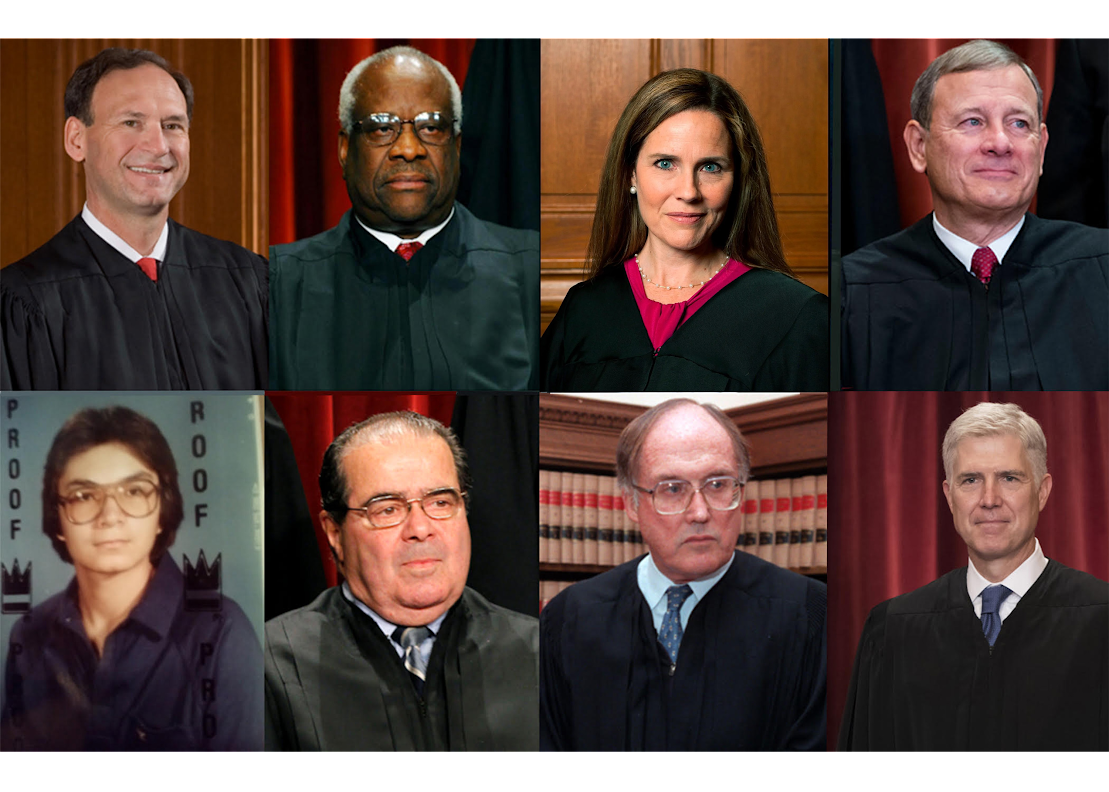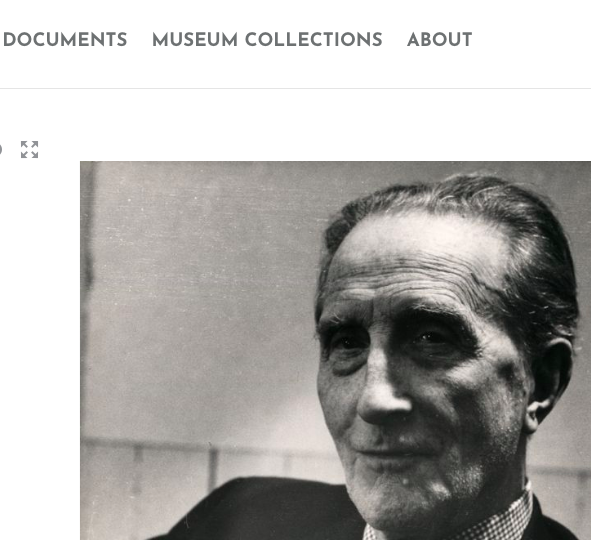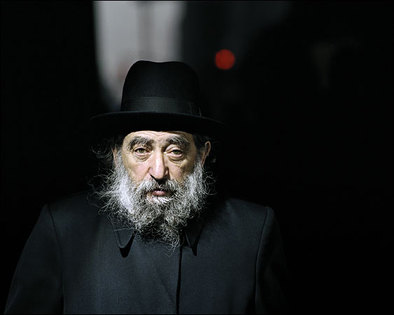Update: July 24, 2007
On July 13th, Judge Ponsor, of the U.S. District Court for the District of Massachusetts ordered a scheduling order for the next hearing in the lawsuit by MASS MoCA against Christoph Büchel. There will be a an inspection and photographing of the exhibition site by August 17, 2007, and the Court will take a view of the pertinent premises of MASS MoCA’s facilities on September 18th.
Dispositive motions will be filed by both parties, and on September 21st the Court will make an effort to rule on any dispositive motions made by both parties, from the bench. A dispositive motion is a motion seeking a trial court order entirely disposing of one or more claims in favor of the moving party without need for further trial court proceedings. “To dispose” of a claim means to decide the claim in favor of one or another party.
Previous to this court order, MASS MoCA’s counsel, Kurt Wm Hemr, of Skadden Arps, replied to Büchel’s counterclaims, with affirmative defenses, by denying each and every allegation contained in Büchel’s counterclaim introduction, except that it “admitted to entering into an agreement with Büchel regarding a planned Exhibition to be located in MASS MoCA’s football field-sized Building 5 gallery.”
A brief explanation of an affirmative defense is in order. An affirmative defense is a category of defense used in litigation between private parties in common law jurisdictions. Affirmative defenses operate to limit or excuse or avoid a defendant’s criminal culpability or civil liability, even if the factual allegations of plaintiff’s claim are admitted or proven. An affirmative defense must be timely pleaded by the defendant in order for the court to consider it, or else it is considered waived by the defendant’s failure to assert it. Because an affirmative defense requires an assertion of facts beyond those claimed by the plaintiff, generally the party making an affirmative defense bears the burden of proof.
Now back to MASS MoCA’s affirmative defenses. Where it did not deny allegations, MASS MoCA either alleged to be without knowledge or information sufficient to admit or deny the allegations, or it simply denied each and every allegation contained in Büchel’s counterclaims.
The most elucidating part of MASS MoCA’s defense is predicated on affirmative defenses that should arouse suspicion and distrust on the part of any visual artist toward any cultural institution. Out of the twenty-nine affirmative defenses, MASS MoCA is claiming that Büchel’s counterclaims are barred because “the materials that are the subject matter of [Büchel’s] Counterclaims do not contain sufficient original expression on the part of Büchel to be protected under the [U.S.] Copyright Act.”
Alternatively, MASS MoCA argues that Büchel’s counterclaims are barred because MASS MoCA is “a joint owner of any copyright in the Materials which are the subject matter of Büchel’s counterclaims.”
More alarming is MASS MoCA’s argument that they are the lawful owners of the materials which are the subject matter of this dispute, and thus allowed to display them publicly.
But this isn’t the end of this wonderful yarn of fiction. MASS MoCA further argues that Büchel’s work is not even art, but simply a compilation of materials which, if accepted by the Court, would not be granted protection under the Visual Artists Rights Act of 1990 (VARA). If in fact the Court decides that VARA does apply, MASS MoCA argues that any modification to the “materials” which may have happened is allowed by VARA under the “conservation or placement” exception, and/or that the doctrine of “fair use” would allow MASS MoCA to display Büchel’s project without infringing the Copyright or VARA Acts.
Some of the other comical defenses are MASS MoCA’s allegations that it acted in good faith, and that if there was any of the alleged infringing conduct on the part of MASS MoCA, it was neither willful nor intentional. Just in case any of these defenses fail, MASS MoCA alleges that Büchel just sat on his tush a tad too long (doctrine of laches) and/or that Büchel had a certain role in this whole misunderstanding and jumbled mess (doctrine of unclean hands). Lastly, if in fact Büchel did incur any damages, the damages are attributable to Büchel’s own “reckless, negligent or culpable conduct” and therefore Büchel’s claims would be barred by his own comparative and/or contributory negligence.
In the coming days, CLANCCO will make available a brief analysis of some of MASS MoCA’s defenses and what they will mean if the Court does decide that Büchel’s project is not art, that MASS MoCA is a joint author, that MASS MoCA is the owner of the work, that Büchel’s project does not contain sufficient original expression to warrant Copyright protection, or that MASS MoCA, or any other cultural institution, should be allowed to exhibit and publicly display the projects and installations of visual artists simply by dousing an artist’s work with the semantic blessing of “materials” and not artwork. — Sergio Munoz Sarmiento
Read the rest of this entry »








